Filter by
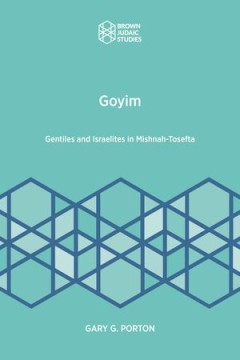
Goyim Gentiles and Israelites in Mishnah-Tosefta
This volume examines the way thatMishnah-Tosefta attempted to construct an Israelite ethnic identity in order to differentiate the Israelites from the gentiles who also populated the Land of Israel. This became an especially pertinent project with the destruction of the Jerusalem Temple, the failure of the Bar Kokhba Revolt, the increased influx of gentiles into the Land of Israel. and the soci…
- Edition
- -
- ISBN/ISSN
- 9781946527912
- Collation
- -
- Series Title
- -
- Call Number
- -
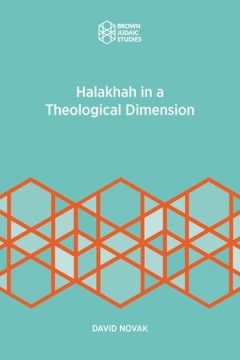
Halakhah in a Theological Dimension
In Halakhah in a Theological Dimension, David Novak argues that Jewish law (halakhah) is grounded on a set of theological assumptions relating to the covenant between God and Israel. Novak’s study is fundamental for understanding both his later work on the Covenant and the continuing philosophical discussion of the relationship between religious law and theology.
- Edition
- -
- ISBN/ISSN
- 9781951498610
- Collation
- -
- Series Title
- -
- Call Number
- -
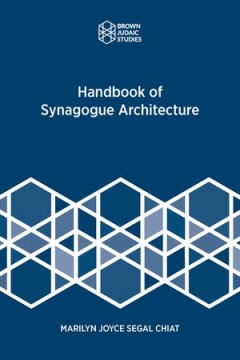
Handbook of Synagogue Architecture
Almost fifty years has passed since the publication of Marilyn J. Chiat’s Handbook of Synagogue Architecture (1982). Since then, there have been more finds and much more research on the issues that Chiat raises. Nevertheless, Chiat’s study still provides an important architectural guide to these synagogues.
- Edition
- -
- ISBN/ISSN
- 9781951498092
- Collation
- -
- Series Title
- -
- Call Number
- -
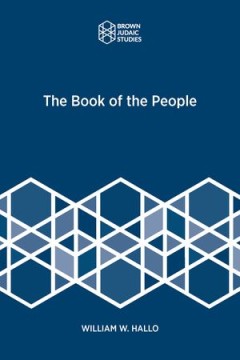
The Book of the People
This volume is an accessible commentary to the Torah, putting each of the books into its ancient Near Eastern context.
- Edition
- -
- ISBN/ISSN
- 9781951498276
- Collation
- -
- Series Title
- -
- Call Number
- -
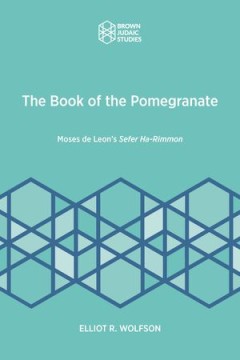
The Book of the Pomegranate Moses de Leon’s Sefer Ha-Rimmon
The Book of the Pomegranate is a Hebrew edition of an important work by the Spanish kabbalist Moses de Leon (ca. 1240-1305). Sefer Ha-Rimmon, which was written in 1287, is particularly significant for study of the Zohar and the development of a theory of the commandment (mitzvot) and why one should do them.
- Edition
- -
- ISBN/ISSN
- 9781951498689
- Collation
- -
- Series Title
- -
- Call Number
- -

Claude Montefiore and Christianity
Claude Montefiore (1858-1938) was among the major founders of Anglo-Liberal Judaism and the World Union for Progressive Judaism, and was known for his radical ideas and deep sympathy for Christian ideas. This volume explores why and how Montefiore engaged Christianity, and the reaction to this engagement by many contemporary Jewish luminaries.
- Edition
- -
- ISBN/ISSN
- 9781946527349
- Collation
- -
- Series Title
- -
- Call Number
- -
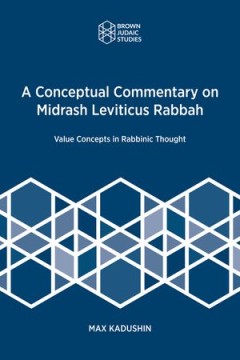
A Conceptual Commentary on Midrash Leviticus Rabbah Value Concepts in Jewish…
In this book Kadushin offers a running commentary on sections of Leviticus Rabbah. His goal is not only to explicate individual sections of this Late Antique midrashic work, but also to highlight the basic conceptual framework within which the rabbis worked. Kadushin's commentary highlights the indeterminacy of belief and the genuine emphatic trends that distinguish rabbinic Judaism while also …
- Edition
- -
- ISBN/ISSN
- 9781946527233
- Collation
- -
- Series Title
- -
- Call Number
- -

Italian Jewry in the Early Modern Era Essays in Intellectual History
Between the years 1550 and 1650, Italy's Jewish intellectuals created a unique and enduring synthesis of the great literary and philosophical heritage of the Andalusian Jews and the Renaissance`s renewal of perspective. While remaining faithful to the beliefs, behaviors, and language of their tradition, Italian Jews proved themselves open to a rapidly evolving world of great richness. The crisi…
- Edition
- -
- ISBN/ISSN
- 9781618112088
- Collation
- -
- Series Title
- -
- Call Number
- -
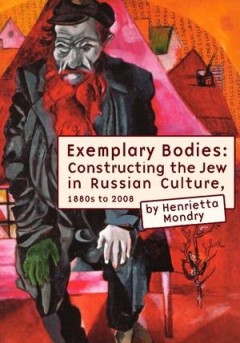
Exemplary Bodies Constructing the Jew in Russian Culture, 1880s to 2008
Exemplary Bodies: Constructing the Jew in Russian Culture, 1880s to 2008 explores the construction of the Jew’s physical and ontological body in Russian culture as represented in literature, film, and non-literary texts from the 1880s to the present. With the rise of the dominance of biological and racialist discourse in the 1880s, the depiction of Jewish characters in Russian literary and cu…
- Edition
- -
- ISBN/ISSN
- 9781934843390
- Collation
- -
- Series Title
- -
- Call Number
- -
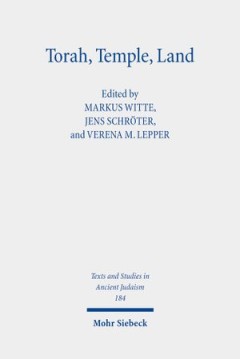
Torah, Temple, Land Constructions of Judaism in Antiquity
The present volume contains the proceedings of a conference held in October 2018 at Humboldt University Berlin. The articles reflect the different categories of describing Judaism of the Second Temple Period in view of their sustainability in characterising an ancient religious community in different historical situations and discuss relevant (re)constructions of ancient Judaism in the history …
- Edition
- -
- ISBN/ISSN
- 9783161598548
- Collation
- -
- Series Title
- -
- Call Number
- -
 Computer Science, Information & General Works
Computer Science, Information & General Works  Philosophy & Psychology
Philosophy & Psychology  Religion
Religion  Social Sciences
Social Sciences  Language
Language  Pure Science
Pure Science  Applied Sciences
Applied Sciences  Art & Recreation
Art & Recreation  Literature
Literature  History & Geography
History & Geography